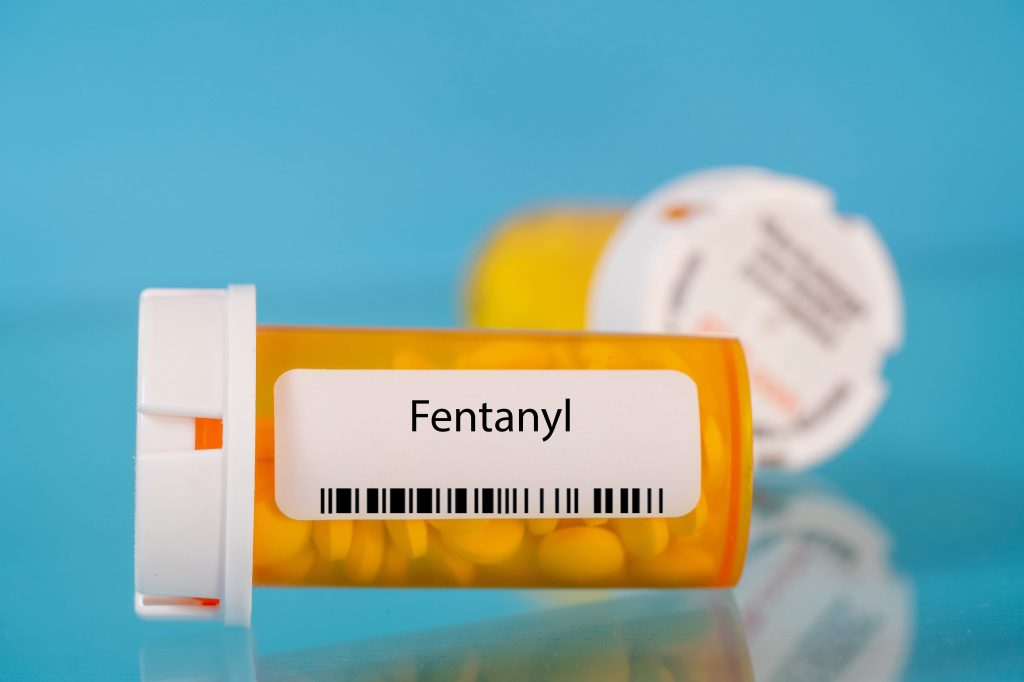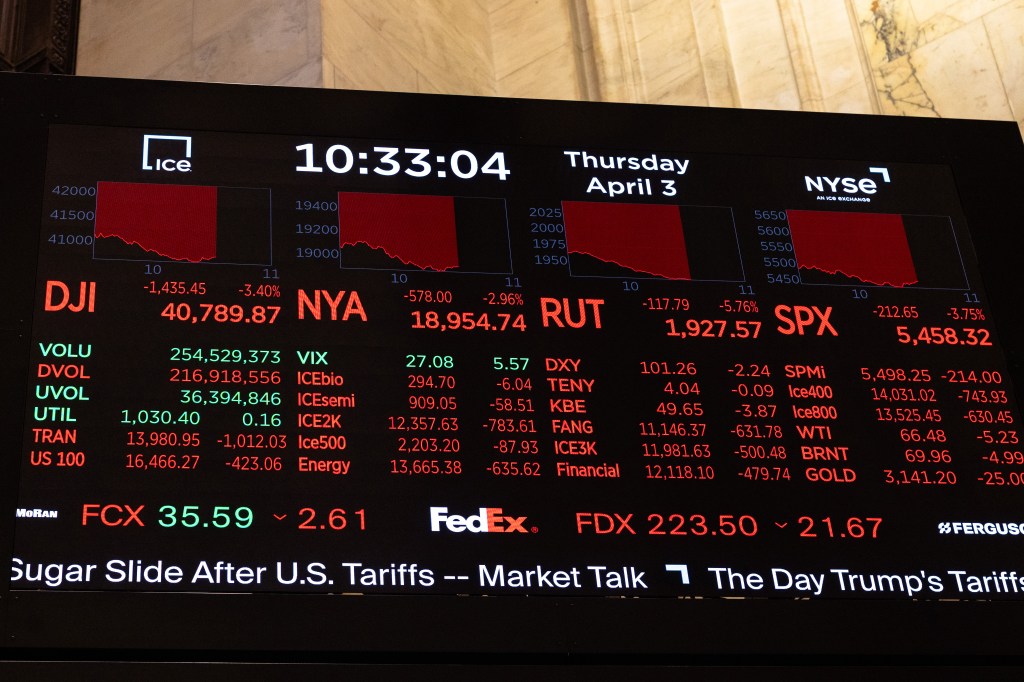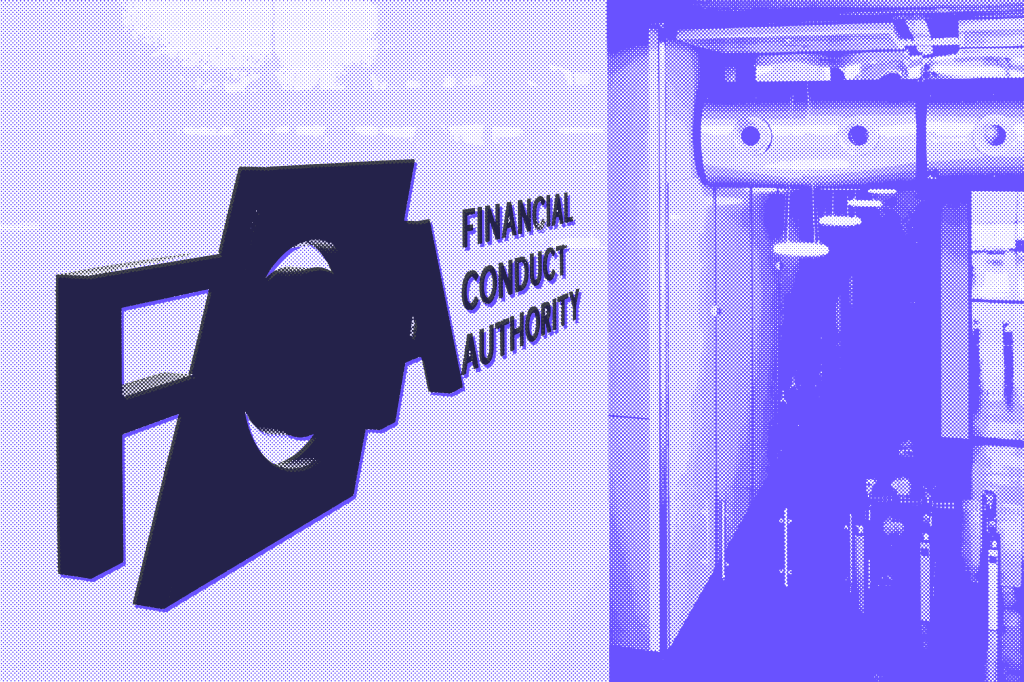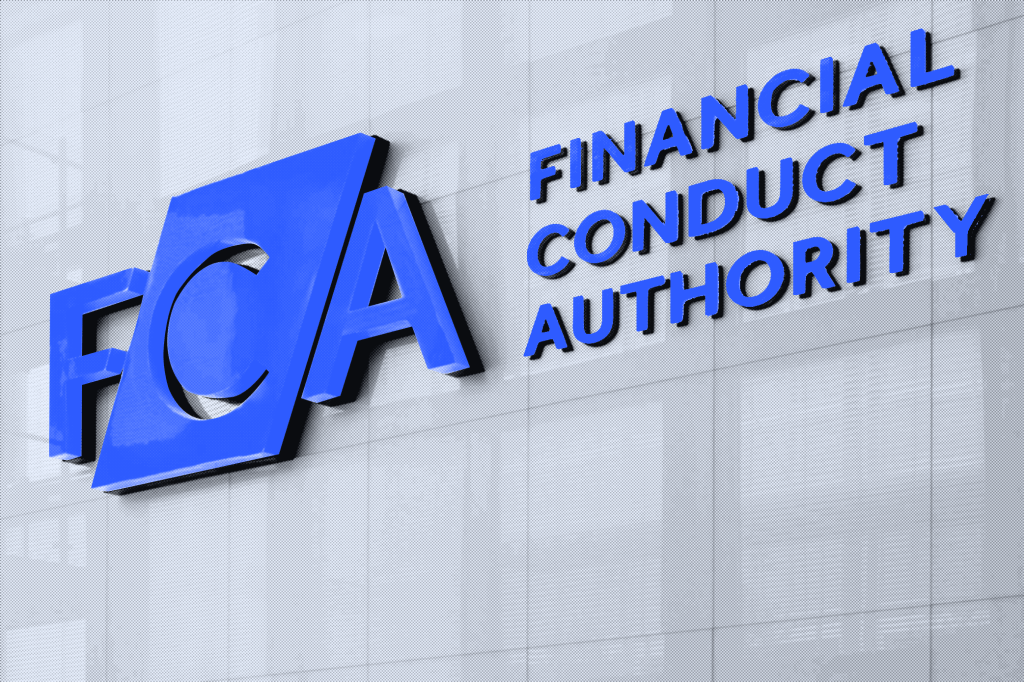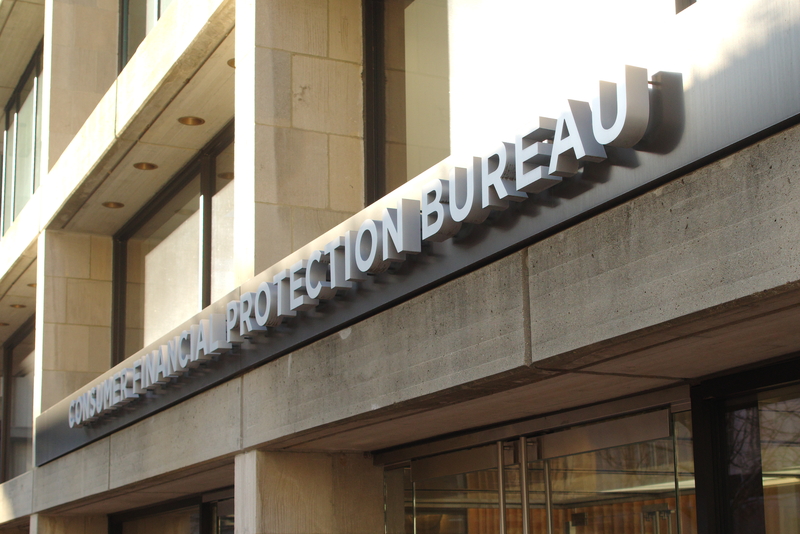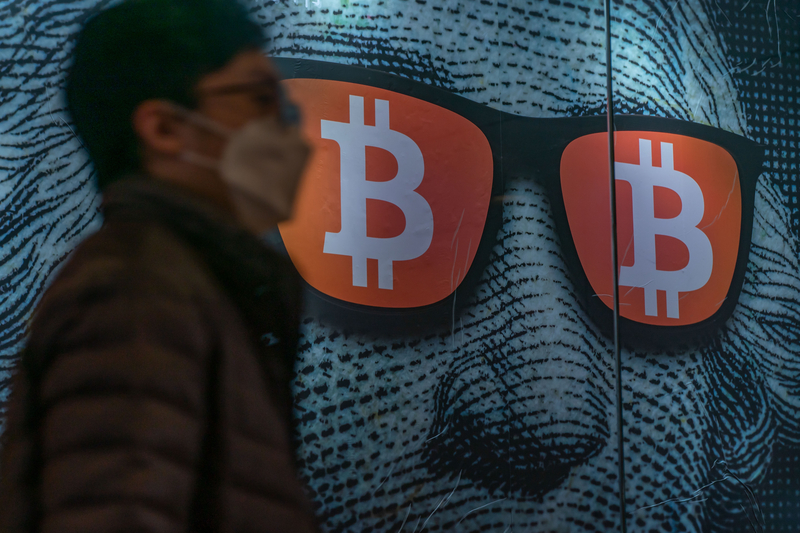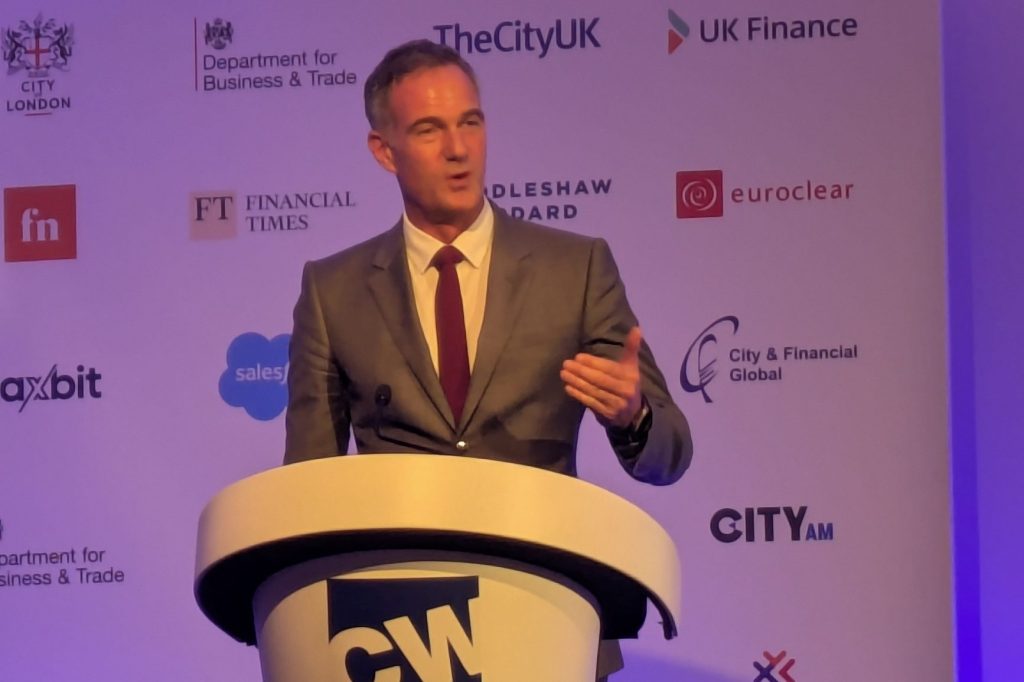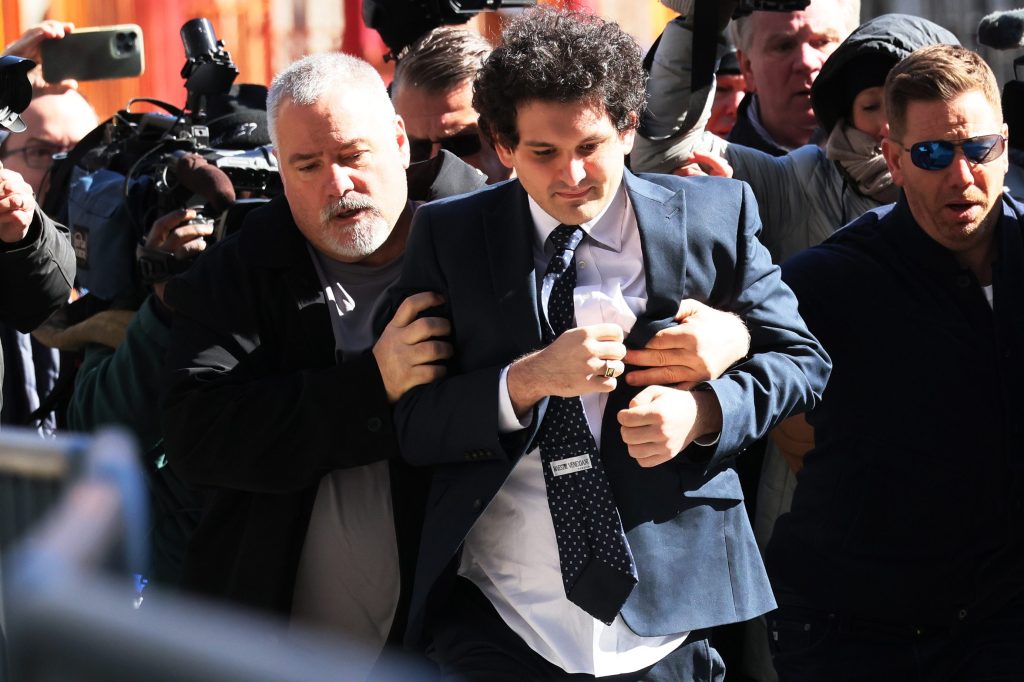The long-awaited trial of former FTX CEO Sam Bankman-Fried began in Manhattan district court last week. It’s one of the most highly-publicized financial cases in years, due to the profile of the man once dubbed the king of crypto, and much of the publicity around it is fuelled by ideological stances on crypto and regulatory issues. As proceedings continue, our focus will be on the regulatory facts, and the implications of the evidence presented.
Bankman-Fried is charged with seven criminal counts of securities fraud, wire fraud, and conspiracy to launder money. A further six criminal charges are due to be heard at a second trial scheduled to begin in March 2024.
The charges before the court include five counts of conspiracy, namely conspiracy to commit;
- wire fraud on customers of FTX;
- wire fraud on lenders to Alameda Research;
- fraud on customers of FTX in connection with purchase and sale of derivatives;
- securities fraud on investors in FTX; and
- money laundering.
The other two charges being heard are for wire fraud on customers of FTX and wire fraud on lenders to Alameda Research.
Taken together, the charges could add up to maximum jail time of 110 years. Bankman-Fried is the only former senior FTX executive to plead not guilty to charges connected with the alleged fraud at FTX, which centers on the relationship between the FTX exchange and trading firm Alameda Research, which was also founded by Bankman-Fried.
Alameda Research and FTX
The public position taken by Bankman-Fried was that Alameda was a separate and distinct entity that focused on arbitrage trading and market making, while FTX was an exchange that helped its customers trade cryptocurrencies and derivatives.
But in November 2022, CoinDesk published an article alleging a large part of Alameda’s balance sheet was made up of a highly illiquid crypto token called FTT – a token that was invented and issued by FTX. Holding the token gave customers of FTX discounts on trading fees, along with other rewards. And it gave FTX an opportunity to raise money without giving up equity.
Alameda valued its FTT holdings in the billions of dollars, but it and FTX owned almost all the FTT that existed – making Alameda extremely vulnerable to a sell-off. The revelation prompted Binance founder and CEO Zhao to announce his company would sell its holding of FTT – valued at $500m at the time. Other traders followed and the price of FTT plunged by 75%, in turn leading to other users pulling their money off the exchange.
The indictment asserts that FTX couldn’t meet its obligations when the flood of withdrawals hit because it had used customer deposits to fund billions in loans to Alameda. The US Department of Justice (DOJ) alleges that customer deposits were funneled from the point of their inception by FTX into bank accounts controlled by Alameda.
Unlimited credit line
It’s further alleged that FTX extended a virtually unlimited line of credit to Alameda, a line of credit funded by customer deposits. This was said to have been done by two senior executives, Gary Wang, who was CTO for both FTX and Alameda, and Nishad Singh, the director of engineering at FTX.
In court last week, Wang said he helped write the code that enabled Alameda to borrow, unchecked, up to $65 billion from FTX customers. That’s more than twice the $32 billion the exchange was valued at in January 2022. Wang has pleaded guilty to four counts of wire fraud and wire fraud conspiracy, as well as conspiracy to commit commodities and securities fraud, and has agreed to cooperate with the DOJ in the case.
In court, he answered ‘Yes” to the question “Did you commit financial crimes while working at FTX?” and named Bankman-Fried, Singh and former Alameda research CEO Caroline Ellison as the other people he committed those crimes with. Ellison has entered a plea of guilty to seven criminal charges including wire fraud, securities and commodities fraud, and money laundering.
Alameda, it is alleged, was spending money that was not its own on high-risk crypto trading, venture investments, donations to political campaigns and the purchase of luxury items including private jets and real estate.
“FTX was not fine.”
Gary Wang
In a statement issued at the time of Bankman Fried’s arrest, Securities and Exchange Commission Chair Gary Gensler said: “We allege that Sam Bankman-Fried built a house of cards on a foundation of deception while telling investors that it was one of the safest buildings in crypto.” John J Ray III, the attorney who is now taking FTX and its subsidiaries through bankruptcy, said: “Never in my career have I seen such an utter failure of corporate controls at every level of an organization.”
Wang’s detailed testimony last week was revealing. He told the court that, as customers began to withdraw assets in November 2022, Bankman-Fried asked him to calculate how much Alameda would need to deposit to cover the outflow. Wang found that the sum of FTX customer balances matched assets in FTX hot wallets, but then Bankman-Fried asked him if he had included “our Korean friend” in his calculations.
$8 billion hole
After checking with Singh, Wang found out this was a reference to an accounting entry labeled fiat@. According to Wang, that account balance had been reassigned to another account given special privileges so that Alameda would not have to pay interest on its line of credit. Wang testified that he confronted Bankman-Fried who acknowledged the $8 billion hole while maintaining a “neutral demeanor”. The next day, Bankman-Fried tweeted “FTX is fine. Assets are fine”.
Wang further testified that he increased Alameda’s line of credit on a number of occasions before it reached its final value of $65.3 billion. He also said Alameda was exempt from paying interest on its loan, and that its accounts were allowed to go negative without without FTX’s auto-liquidation procedure coming into play.
He also testified that Alameda took on FTX’s losses, including one occasion when an FTX user generated significant profits of several hundred million dollars by exploiting a spike in the price of the MobileCoin crypto currency. That event and the identity of the FTX client is subject to much speculation as it could have been an early key event whose consequences eventually led to the unravelling of FTX.
The case resumes on Tuesday 10 October, with a further twist in the legal wrangling emerging late Sunday as federal prosecutors asked the judge to prohibit Bankman-Fried’s defense team from mentioning the AI startup Anthropic in court.
Stake in AI startup
FTX took a $500m stake in Anthropic when it filed for bankruptcy a year ago, and the bankruptcy trustee has not yet sold the stake. Recent announcements that the startup is to receive billions from Amazon and Google has sparked optimism from FTX creditors. But the DOJ says: “The Indictment alleges that the defendant committed wire fraud by misappropriating FTX customer deposits to make investments and other expenditures. It is immaterial whether some of those investments might ultimately have been profitable.”
“Nor would it be a defense to the charges in this case if the defendant invested stolen FTX money believing that the investments would ultimately be so lucrative that he could pay back the stolen money.”
Meanwhile, the release of a sympathetic portrait of Bankman-Fried by writer Michael Lewis has generated controversy, and in doing so reveals the nature of much of the wrapping around the substance of this extraordinary tale of modern times.
On CBS’s 60 Minutes, Lewis said: “They actually had a great, real business. If no one had ever cast aspersions on the business, if there hadn’t been a run on customer deposits, they’d still be sitting there making tons of money.” This prompted the FT’s Jemima Kelly to comment: “Lewis’s take is a terrible one.”
In an opinion piece, she also singles out a comment made by Lewis on his podcast as an example of everything that is troubling about crypto. Talking about the speed at which FTX went from being widely lauded to being seen as a vast criminal enterprise, Lewis says that this was done “without there being a whole lot of new data — except for the fact the money was in the wrong place”.
As Kelly observes: “That final clause is doing a lot of work.”


